There is a fairly short list of dog breeds that are associated with law enforcement, tracking, and search and rescue.
If you took a poll of what people thought as the most suitable dogs the list might include the St Bernard (and the barrel of brandy hung from its neck), the bloodhound, of course, the Labrador retriever, the German Shepherd dog, (Alsatian to the British ), the Beagle and the basset hound.
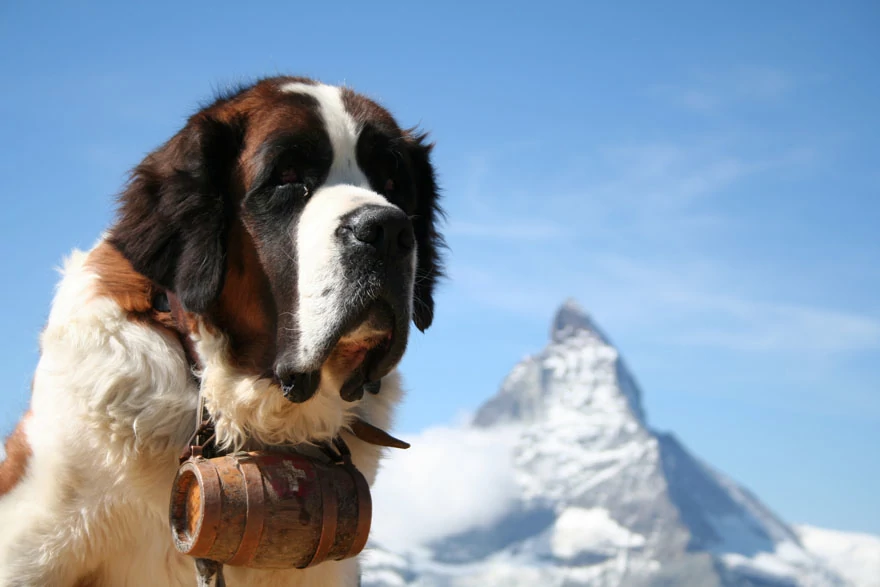
Dog breeds that are becoming more familiar to the public and associated with sniffing for drugs, explosives and firearms detection seen regularly at airports, but also at locations regarded as sensitive when “terrorist threat levels” are high, are spaniels.
There are over 25 breeds of spaniel and then variations within some breed types.
Nowadays the spaniel is classed as a gun dog and it is thought to be a descendant of the Aggasian Hunting Dog, that was used by the celtic tribes in Roman Britain.
Spaniels with their acute sense of smell were bred to flush out game which could include pheasants, partridge and rabbits from dense brush and undergrowth and at one time were bred to specialise in detecting and retreiving waterfowl during hunts.
UNDETERRED BY GUNFIRE
The use of the matchlock and flintlock gun which came into use in the 17th century led to the current classification, where notably the dog was undeterred by gunfire in close proximity and could mark a fallen bird and retrieve it undamaged.
There are clear spaniel breed favourites both for use as gundogs and for deployment as sniffer dogs trained to detect either illegal drugs, explosives and also in non law enforcement pursuits like detecting water, identifying specific odours associated with numerous medical conditions such as cancer.
The two that stand out for their overall abilities are the Cocker Spaniel and the English Springer Spaniel, and there is now a cross between a Springer Spaniel and a Labrador called a Springerdor.
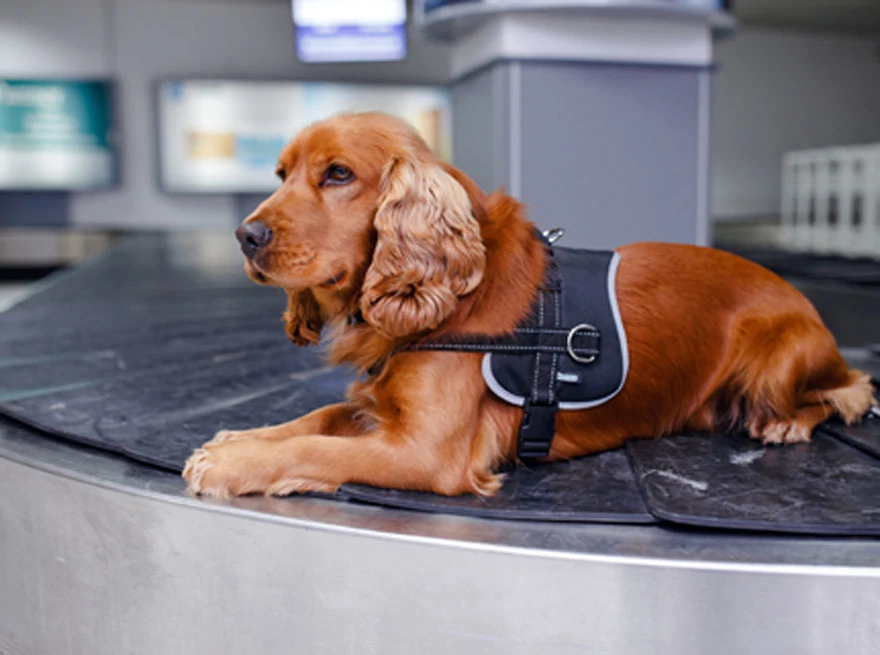
All DOGS HAVE A REMARKABLE NOSE
The reality is that despite the brevity of the dogs’ breeds noted above, virtually all dogs have a powerful sense of smell, though some demonstrate a higher aptitude to scent detection than others.
Just as spaniels were once bred to specialise either for waterfowl or dry land hunts, the attributes of different dog breeds are being assessed as “best for deployment in defined situations.
The Belgian Malinois and the German Shepherd are obvious candidates as sniffer dogs for drugs and for explosives, but a smaller dog is more suitable for small apartments, flats or vehicle interiors where manoeuvrability in a confined space becomes an issue.
In search and rescue, victims of trauma on being found by any sort of dog is a success, but for some in various states of distress being found by a spaniel or a labrador is preferable to being confronted by an intimidating and vocal German Shepherd dog.
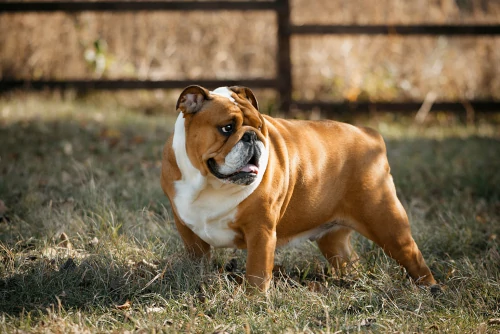
THE BRITISH BULLDOG
Health, longevity, strength and energy levels set some breeds apart from others.
The English Bulldog of old possessed a muscular, stocky body, was used on farms to catch and hold while boar and cattle and kill vermin.
The term “Bull” came from the sport of bull-baiting in which a bull would be tethered to a stake and the bulldog, by grabbing onto the snout, the most sensitive part of the bull’s body, would wrestle with the animal until the dog had turned the bull on its side. Needless to say, the casualty rate was high as the bulldog encountered the vicious horns and hooves of an enraged bull.
That breed which became a national icon of British pluck and tenacity symbolised by Winston Churchill is virtually extinct and the current English bulldog as a result of selective breeding now has respiration problems and a life expectancy of 5 to 7 years.
The RSPCA state that purebred dogs have an average lifespan of 11.9 years, but that of a crossbred dog of 13.1 years, apparently benefitting from a hybrid Vigour.
HOW LONG DO DOGS LIVE FOR?
Statistics compiled by the RSPCA give the following average life expectancy of the following breeds:
Dogs have evolved over thousands of years, and rapidly so in the last 200 years as a result of breeding by humans.
THE PREDATOR
Genetic studies indicate that the Gray Wolf is the closest living relative of the dog, but studies indicate that modern wolves are not the dog’s direct ancestor.
The Gray (or grey) wolf in question lived in the Late Pleistocene period which spans the time circa 126,000 BC and c. 9700 BC.
None of the modern wolf populations are related to the Pleistocene wolves that were first domesticated.
DOG BREEDS USED AS SNIFFER DOGS AND IN SEARCH AND RESCUE TODAY.
Typically most of the breeds used nowadays have a history of being used as gun-dogs, hunting and retrieving, herding, stalking and rescue.
Aside from scent detection, the one thing they have in common is a relatively high Prey Drive.
IN PREDATORS THE PREY DRIVE IS SEQUENTIAL:
1.Search (orient, eye)
2.Stalk
3. Chase
4. Bite (grab-bite or a kill-bite)
5. Dissect: Consume.
In wolves, the natural predator, the sequence is complete, to the point of killing and consuming its prey, which is the “reward”
Dogs with a very high prey drive are unsuitable for certain pursuits or being the ideal domestic pet.
Development or suppression of one or more of the identified prey drive characteristics in controlled selective breeding has modified behaviour.
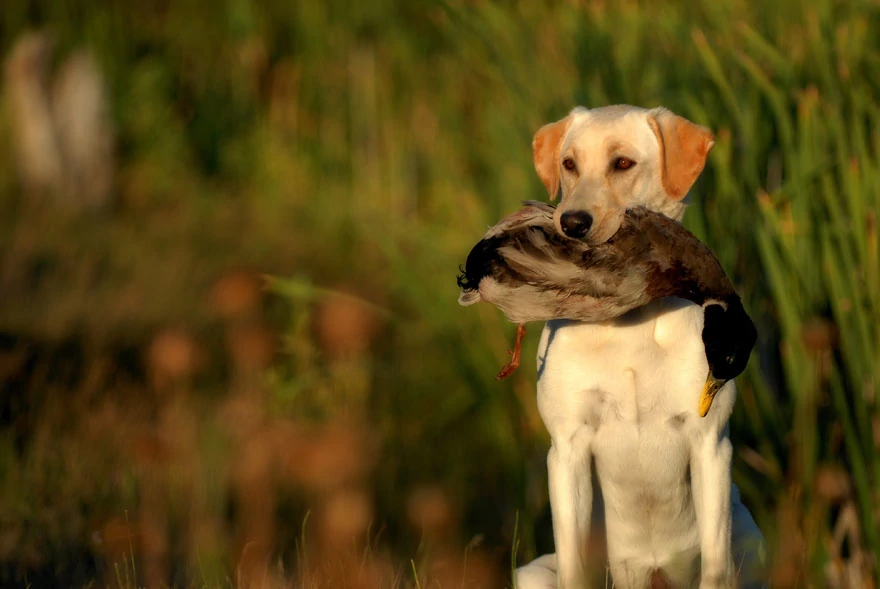
LABRADOR RETRIEVER HUNTING DOG
Gun dogs when retrieving game, need to render the animal intact, border collies and other dogs used for herding livestock need to do so without inflicting wounds.
During a fox hunt, the Jack Russell Terrier (also known as the Parson Russell Terrier) was used to hunt foxes and evict those that had gone to ground in a burrow.
It was considered to be “very bad sport” if the fox was bloodied in any way by the Jack Russell and so it was trained to chase it out from the burrow, but not hurt it.
Herding dogs are known as being stock-proof in that they can work around sheep, cattle, and deer and show no interest.
SPEEDS OF UP TO 45MPH
In greyhound racing, the prey drive is demonstrated in the pursuit of a mechanical lure suspended above the track surface that travels around the outside of the track on a ground rail.
Greyhounds which are sighthounds in that they hunt using the sight at as opposed to scent as the primary sense can reach speeds of up to 45mph.
The lure they chase is normally either a stuffed toy used in training and a small plastic windsock in a variety of colours.
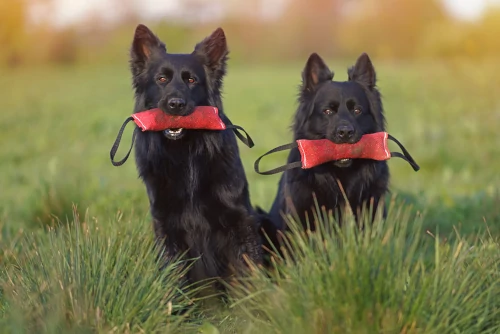
PREY DRIVE DEVELOPMENT
The Bite Tug is a biting toy with optional handles to allow the dog and its handler to have a tug of war.
It is good for working dogs out physically.
Tug play is a game important for developing high levels of drive and retrieval, which the dog loves to participate in and is just one of the tools in the dog training arsenal.
Bite Tugs and balls are used as development toys for the dog and are used as the ultimate reward for a dog as a confirmation of its good behaviour and success by its handler.
SNIFFER DOGS AND SEARCH AND RESCUE DOGS HAVE OBJECTIVES.
Search and rescue dogs, tracker dogs, sniffer dogs need to have a strong prey drive to complete the sequence and get their “reward”.
The pursuits in which they are trained may require significant stamina over long periods of time, persistent concentration and focus and the ability to complete the task in sometimes extremely stressful environments.
It is recognised that dogs engaged not only in hostile environments, but those that experience traumas are also prone to Post Traumatic Stress Disorder .
Some dogs have a low prey drive and are thus unsuitable for certain pursuits.
Those selected as suitable detection dogs for drugs and explosives, and search and rescue are defined by their characteristics, which in addition to high prey drive include high intelligence and energy levels and stamina.
As a result, they revel in mentally stimulating regimes incorporating regular exercise and depending on their work type a level of interactivity with humans, but by contrast, they can develop negative behaviour if deprived of stimulation.
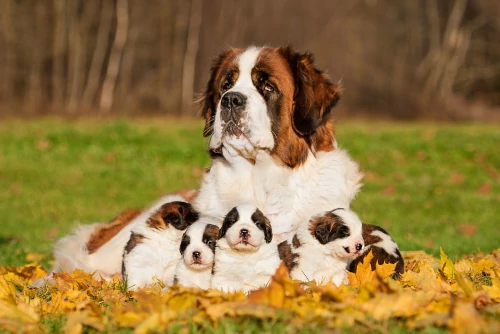
THE ST BERNARD
The St Bernard is one of the Molossoid breeds which were used as herding dogs, watchdogs, guarding livestock, hunting dogs and for search and rescue.
The St Bernard breed relates to them being bred initially as guard dogs at the Great St Bernard Hospice. The hospice is located at an altitude of 2469m at the Great St Bernard Pass in Switzerland.
They were then purposely bred for mountain rescue for their strong scent detection skills coupled with their enormous strength capable of traversing snowdrifts in pursuit of lost and buried travellers.
Many of the dogs were actually killed in avalanche falls in severe winters between 1816 and 1818 whilst they were actually out rescuing people and pertinently those lost included many of the breeding dogs.
A St Bernard called Barry who died in 1814 was reputed to have rescued more than 40 people in his lifetime.
His body was stuffed and is on display at the Swiss Natural History in Berne and he has a plaque dedicated to him in the Cimetière des Chiens et Autres Animaux Domestiques in Paris.
In an attempt to preserve the breed the remaining St Bernards were crossed with Newfoundlands, but their capabilities as winter mountain rescue dogs was curtailed as the long fur they inherited from the Newfoundland would freeze and weigh them down.
Did they really carry brandy?
At least one did!